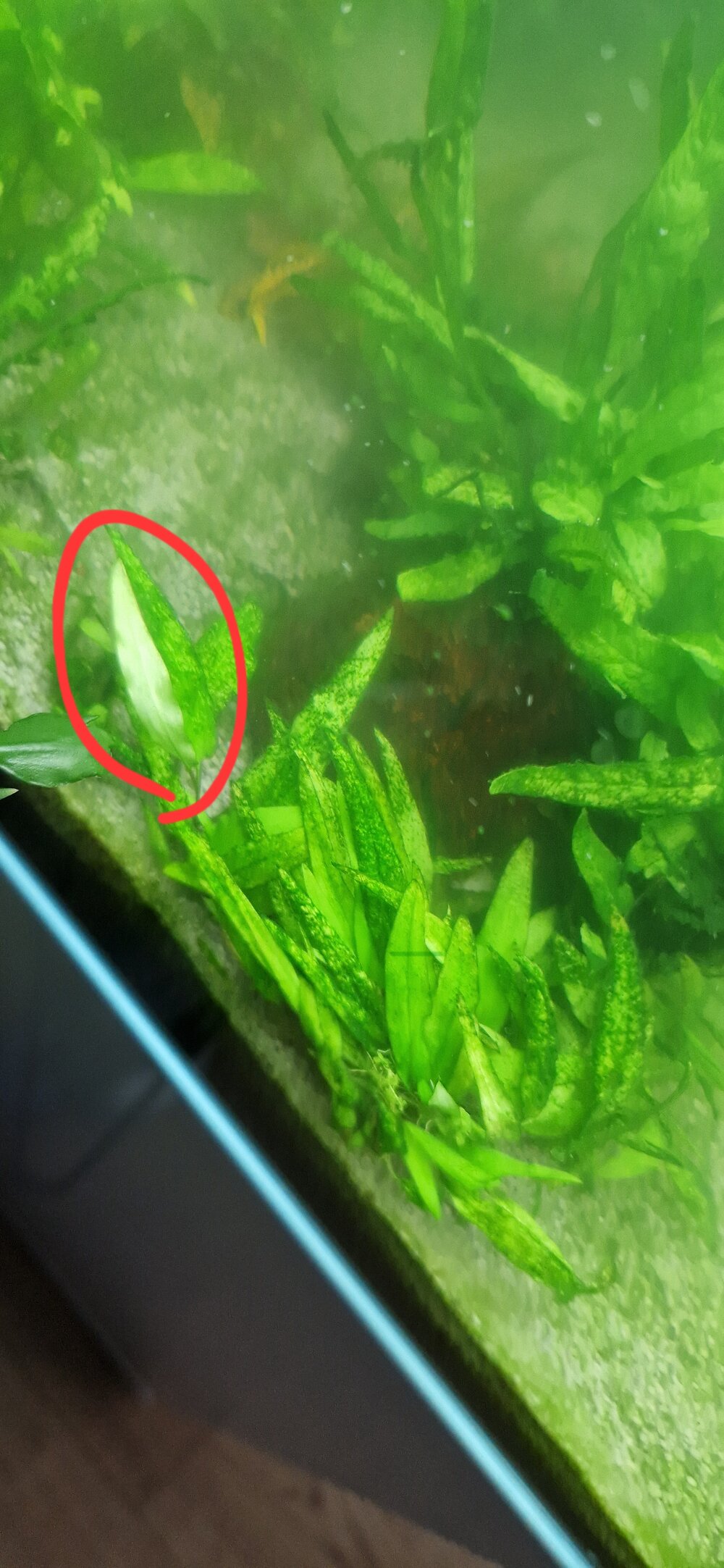When the Duckweed Index breaks down.
So far it has all been <"
good news">, but there are situations where the "Duckweed Index" (and in fact plants generally) don't work, either as a mechanism for improving water quality (they need to be in active growth to do this), or as a visual guide to nutrient status. The most important one of these is:
Plant nutrients, mobile or immobile?
Most plant nutrients <"
are mobile">, which means that the plant can shuffle them around to where they are needed and <"
stock-pile those nutrients"> for <"
a rainy-day">. For the mobile nutrients when we add that nutrient the plant can move it to the growing tissue and <"
plant growth improves very quickly">. Mobile nutrients include nitrogen (N), phosphorus (P), potassium (K) and magnesium (Mg).
Mobile nutrients.View attachment 213722
In terms of the <"Duckweed Index">? If the Amazon Frogbit (
Limnobum laevigatum) plants have pale older leaves and poor growth? I just add a complete fertiliser <"
Solufeed 2:1:4 and Solufeed Sodium Free TEC or Solufeed Coir TEC Combination"> and plant growth <"
should pick up fairly quickly">.
Immobile nutrients.
View attachment 213723
<"
Nutrient Deficiencies - MSU Extension Soil Fertility | Montana State University">
The immobile nutrients are where things become a little more problematic when you are using the Duckweed Index. We have had a <"
case of manganese (Mn) deficiency">, but for most of us that is pretty unlikely and the more likely options are calcium (Ca) and iron (Fe). I'll cover calcium really quickly by saying that if you use RO water and don't remineralise it
at all, but just add a complete fertiliser, calcium deficiency is a possibility, but again fairly unlikely for most of us.
This brings us on to iron (Fe), and iron deficiency is something we see a lot more of, particularly in hard, alkaline water. Because of this I'm going to give it a new post.
cheers Darrel





